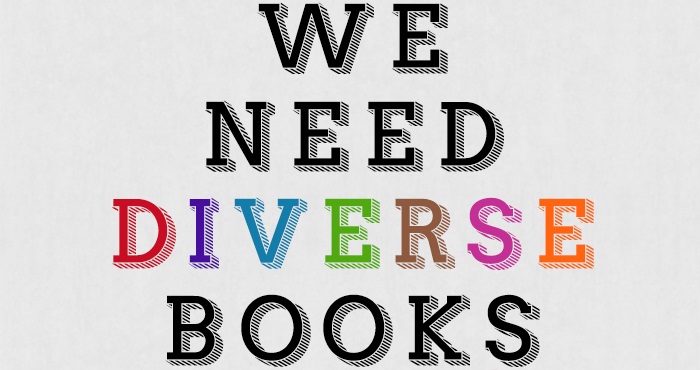By Leslie Grant, Graduate Assistant, McLure Education Library
The call for more diversity among book characters and authors has gained a lot of attention recently. We thought it would be helpful to provide some background and information on the topic to help others better understand the issue and some current reactions.
The lack of diversity in book publishing is by no means a new issue, but articles like “Where Are the People of Color in Children’s Books?” by Walter Dean Myers and “The Apartheid of Children’s Literature” by Christopher Myers helped bring the topic to the forefront within the past few months. The articles both react to and reflect on the baffling statistics from a study by the Cooperative Children’s Book Center at the University of Wisconsin that “Of 3,200 children’s books published in 2013, just 93 were about black people.” Rather than being an anomaly, these figures represent the trend of relatively low numbers of minority representation in children’s and young adult fiction.
One of the biggest movements has been the #WeNeedDiverseBooks Campaign. Through the use of social media, authors, publishers, and readers were able to share their reasons for wanting to see more diversity in books. By the end of the first day, the trend had gone viral, leading to thousands of tweets on the topic. The campaign has also been encouraging readers to buy more diverse books and for libraries to work to diversify their shelves.
We Need Diverse Books was largely a reaction to the 2014 Book Expo America. When the book publishing conference announced the lineup for their BookCon panels, the list consisted solely of white male participants. The success of We Need Diverse Books inspired BookCon to create a new panel featuring a more diverse group of children’s authors.
To find out more about We Need Diverse Books and BookCon, read “BookCon Controversy Begets Diversity Social Media Campaign” and “A Loud Start for BookCon”.
